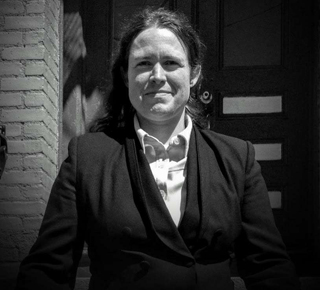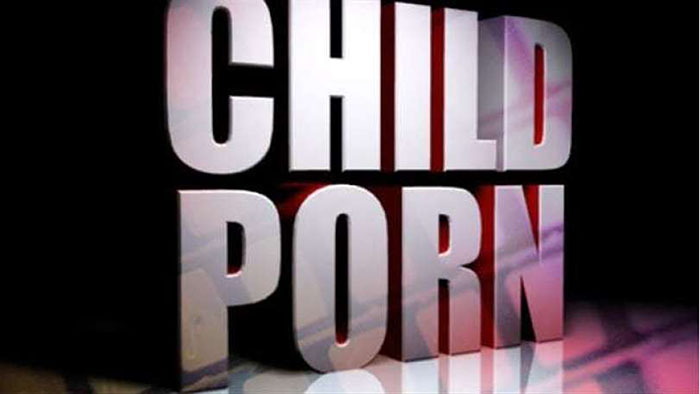As news of Glee actor Mike Salling’s indictment for child pornography is making headlines, this is a good time to answer common questions about child pornography.
What is child pornography?
While the definitions vary a little state to state and between the federal government and the states, it is generally images depicting minors in sexual poses or sexual situations. Nude pictures of children are generally not considered child pornography, unless there is a focus on the child’s genitals. Pictures of minimally clothed children in sexualized poses, but not acts, are generally not considered child pornography. The Supreme Court ruled that photoshopped or animated images depicting children engaged in sexual acts constitute child pornography. This sounds fuzzy, but there’s no need to run to your family photo album and evaluate all the pictures of children in the bathtub. In general, when prosecutors talk about child pornography, they are talking about finding very clear depictions of children in sexual acts, sometimes that involve a horrifying amount of violence.
How much child pornography is out there?
The National Center for Missing and Exploited Children has analyzed more than 132 million images of child pornography since 2002. In a one-year period from 2008 to 2009, the US Department of Justice was aware of almost ten million domestic IP addresses involved in peer-to-peer file sharing of child pornography. Both of these numbers are certainly low estimates of the total that is out there. The rise of the internet and cell phones with cameras, the production and distribution of child pornography has become a much easier than ever before.
Who produces child pornography?
In the United States, most of it is produced by sex offenders who have found a way to profit from sexually abusing children. Child sexual abuse generally escalates in intensity over time, from the “grooming” process where a child’s boundaries are violated in non-sexual ways, to genuine abuse. Over time, the abuser’s acts often become more deliberate and intense, and their emotional control over their victim also intensifies. At some point, if the abuser is confident they won’t get caught, they often photograph the acts. This has a two-fold purpose- they get an erotic “trophy”, and they have something to blackmail the child with, to keep them from disclosing their abuse. Eventually, the abuser may start trading or selling the images they’ve produced.
People say we should just give pedophiles stacks of child pornography and then we wouldn’t need to worry about them raping kids. Is that true?
No, no more than rape is prevented by giving rapists stacks of pornography. Pedophiles value their relationship with their prey, and that relationship isn’t replaced by pornography. Their sexual attraction towards children also tends to intensify over time unless they are engaged in very specific programs to manage it. Giving them child pornography hastens that intensification, and it normalizes their belief that it’s OK to sexually abuse children. This is one of the reasons depictions of child pornography that don’t use actual children are considered illegal- they hasten the development of sexual predators.
I’ve heard about people taking pictures of little kids at the pool and keeping hundreds of them on their computer. Is that illegal?
No. A particular image either is or isn’t child pornography. Yes, images of children in various stages of undress are sexually gratifying to pedophiles, but if they don’t meet the definition for child pornography, they aren’t illegal. However, if someone you care about has such a collection, it is a sign of something dangerous and warrants discussion.
Is it safe for me to post pictures of my children on social media?
It depends on what you’re afraid of. Contrary to some very scary memes, it’s incredibly unlikely that a sex offender will see a picture of your child and become so obsessed they will kidnap them. Researchers estimate that 3.5- 9% of American men and 1-3% of women will sexually abuse a child. At least 85% of them won’t get caught. So within your circle of friends, both in real life and on social media, there are probably some sex offenders. They may take an interest in pictures of your child that makes you shudder. But it is unlikely they will do anything to actually harm your child unless they have a face-to-face relationship with them.
I’ve heard some really scary statistics about children being approached by sexual predators they meet online. How worried should I be?
Everyone has heard the scary statistics about children being approached by sexual predators online. Everyone has probably seen “To Catch a Predator” or something like it. The good news is that most children who receive an unsolicited sexual approach while on line ignore it and don’t experience any lingering fear or negative emotions. Most sex offenders select young victims they have a fact-to-face relationship with. On-line exchanges and texting may hasten the grooming process, especially because it facilitates exchange of sexual pictures, but the grooming process is in full swing by the time this happens. When you hear stories about teenagers being seduced away by on-line Romeo’s who convince them to run away with them, the key feature is that the child was already considering running away- this rarely happens to a child who isn’t experiencing on-going abuse at home.
What is “sexting” and how worried should I be about it?
Up until the rise of smartphones, child pornography was almost entirely produced by adults who were sexually abusing children. Now, minors who are in consensual sexual relationships with each other will often exchange sexual pictures of themselves. Legally, this is child pornography. Minors in possession of it can be charged with a very serious crime- in most states, the laws haven’t been changed to reflect the fact that these videos were made by one minor for another minor they are in a consenting sexual relationship with. Another problem with these pictures that digital images can be duplicated and shared an infinite number of times, so they are likely to be viewed by others. One minor blackmailing another with nude or sexual pictures (“revenge porn”) has become a feature in some cyber-bullying.
How old should my kids be when I start talking about online safety with them?
As soon as they start going on-line, you should start establishing basic safety and boundary rules. Never give out your address or phone number. If someone asks lots of questions that make you uncomfortable, don’t answer and tell someone. If someone, even a relative, is asking you to keep secrets or sneak around- tell someone. And if someone is asking you to send pictures to them, privately- tell someone. Children should be taught the basics of sexuality and boundaries very early on. Talking about on-line safety should reinforce these conversations. I once watched an exemplary mother going over some of these rules with her tween daughter. Her daughter mentioned something about meeting up with someone from a chat group she was on, and how she knew that was only done in public. Her mother said “well, it’s a church chat group, so you can trust them”. The moment you use qualifiers like that you un-do the entire lesson.
I just found my son watching pornography on his tablet. Should I worry?
It is not desirable for a minor to watch pornography. It normalizes unhealthy sexual ideals and can limit sexual satisfaction later in life. That said, most adults probably saw some pornography as minors. As little as ten years ago, for a child to consume pornography they either had little parental supervision, or the logistics of acquiring it limited how much they could view. And most likely, they were viewing pornography that was commercially made and that followed industry standards and laws, including laws against using children. Today, children can view an infinite amount of pornography on their phones or tablets, and it may include videos of one classmate raping another. Parents should discuss their family rules about pornography with their kids. They should accept as inevitable that their kids will encounter some of it, sometime, no matter what they do. If the child has a lot of it, you keep catching them, they get in trouble with it at school, etc, it may be wise to seek professional treatment. If a pre-pubescent child shows a strong interest in pornography, it may be an indication that they have been sexually abused.

Melanie Blow
Executive Director, Stop Abuse Campaign
A survivor of incest, psychological abuse and a host of other childhood trauma, Melanie now uses her talents to prevent Adverse Childhood Experiences. Melanie has over a decade of legislative advocacy regarding children’s issues, and she has been published in newspapers, magazines and blogs all across the country.
Melanie has an ACE score of 6.
